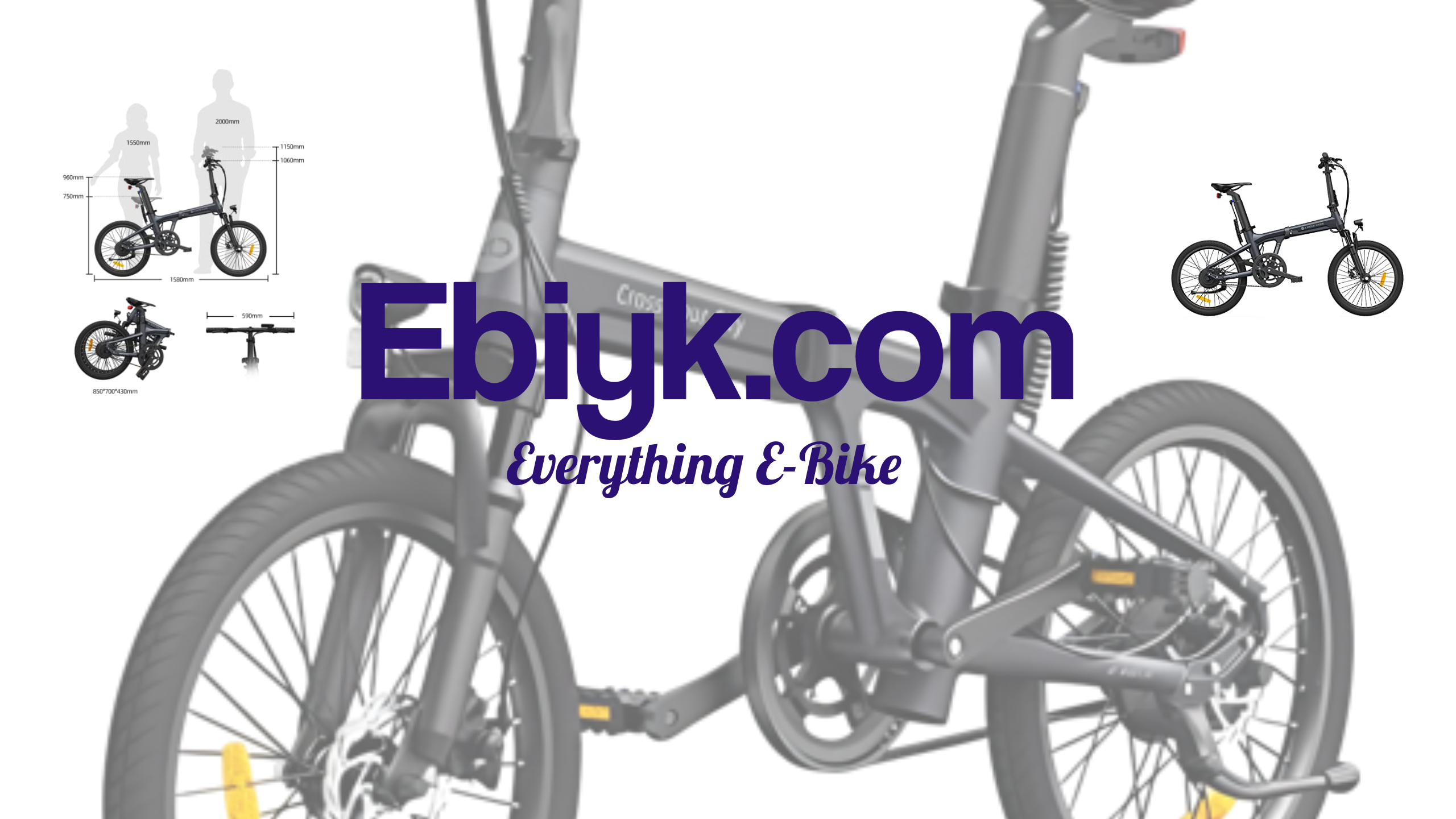How Do Electric Bikes Charge When You Pedal?
Electric bikes (also known as e-bikes) have become increasingly popular in recent years due to their ability to offer an effortless riding experience. However, many people are unaware that some electric bikes can also charge their batteries while you pedal. Here's how it works:
Regenerative Braking
Some e-bikes are equipped with regenerative braking systems that allow the bike to capture energy that would otherwise be lost when you brake. When you apply the brakes on an e-bike with regenerative braking, the motor acts as an electric generator, converting the kinetic energy from the bike's motion into electrical energy that can be stored in the battery. This means that when you brake, you are actually charging your electric bike.
Pedal-Assist Systems
Another way that electric bikes can charge while you pedal is through pedal-assist systems. These systems provide an extra boost of power to your pedaling, making it easier to ride up hills or cover longer distances. Some pedal-assist systems also include a regenerative braking component. When you pedal with a regenerative pedal-assist system, the motor uses the extra power that you're generating to charge the battery.
Limits to Charging
It's important to note that while some e-bikes can charge when you pedal, the amount of energy generated is limited. A typical electric bike battery has a capacity of around 500 watt-hours, while regenerative braking can only generate a small amount of energy compared to the power usage of the bike. Additionally, pedal-assist systems with regenerative components require uphill or heavy braking to produce a significant amount of energy.
Overall, while it's true that some electric bikes can charge their batteries when you pedal, it's unlikely that the energy generated will be enough to significantly extend your bike's range.
Understanding the Technology Behind Pedal-Assist Electric Bikes
Pedal-assist electric bikes, also known as e-bikes, are becoming increasingly popular as a means of transportation and exercise. These bikes incorporate electric motors that provide assistance to riders, allowing them to travel greater distances with less effort.
The technology behind pedal-assist e-bikes is relatively simple. The bike's electric motor is powered by a battery that is typically mounted on the frame or seat post. The motor is activated by sensors that detect the pressure being applied to the pedals. When the sensors detect pressure, the motor provides assistance to the rider to make pedaling easier.
Most e-bikes offer several levels of assist, which can be adjusted by the rider to provide more or less assistance depending on their fitness level or the terrain. Some models even incorporate a throttle, allowing the rider to operate the motor without pedaling.
One of the main benefits of pedal-assist e-bikes is that they provide a means of exercising while also reducing the effort required to ride. This makes them a great option for those who want to commute to work or run errands without arriving sweaty, as well as those who want to enjoy longer bike rides without getting too tired.
Another benefit of e-bikes is that they are better for the environment than traditional gas-powered vehicles. They produce less pollution and greenhouse gas emissions, making them a more sustainable means of transportation.
Overall, pedal-assist e-bikes offer a unique combination of convenience and environmental responsibility. They are relatively simple to operate and maintain, making them a great option for those who want to reduce their carbon footprint while still enjoying the benefits of cycling.
The Benefits of Pedaling on Electric Bikes and Its Charging Capabilities
Electric bikes have risen in popularity over the past few years. They provide a new level of convenience for commuters and weekend riders alike. When people first hear about electric bikes, they often wonder if they need to charge the battery or if it charges while pedaling. The truth is that most electric bikes do not charge while you pedal, but that doesn't mean pedaling on an electric bike doesn't have benefits.
Firstly, pedaling on an electric bike can help you get more exercise. Many electric bikes come with different modes, allowing you to choose how much assistance you receive while pedaling. You can choose to pedal with minimal assistance and get a full workout, or you can use more assistance if you need it. Either way, you'll be getting more exercise than if you were to ride a traditional bike.
Secondly, pedaling on an electric bike can help you go further. Most electric bikes have a range of 20-50 miles per charge. However, if you pedal while riding your electric bike, you can extend your range significantly. Pedaling with minimal assistance means you're using less of the battery, allowing it to last longer. This means you can go further on a single charge.
Lastly, some electric bikes come with a regenerative braking feature. This means that when you use the brakes on your electric bike, the kinetic energy created is stored in the battery. This can help you extend your riding time and reduce your need to charge the bike as often.
In conclusion, while most electric bikes do not charge while you pedal, pedaling still has many benefits. It can provide you with exercise, help you go further, and even help extend the life of your battery. So, even though you may need to charge your electric bike, don't discount the advantages of getting some exercise while riding it.
